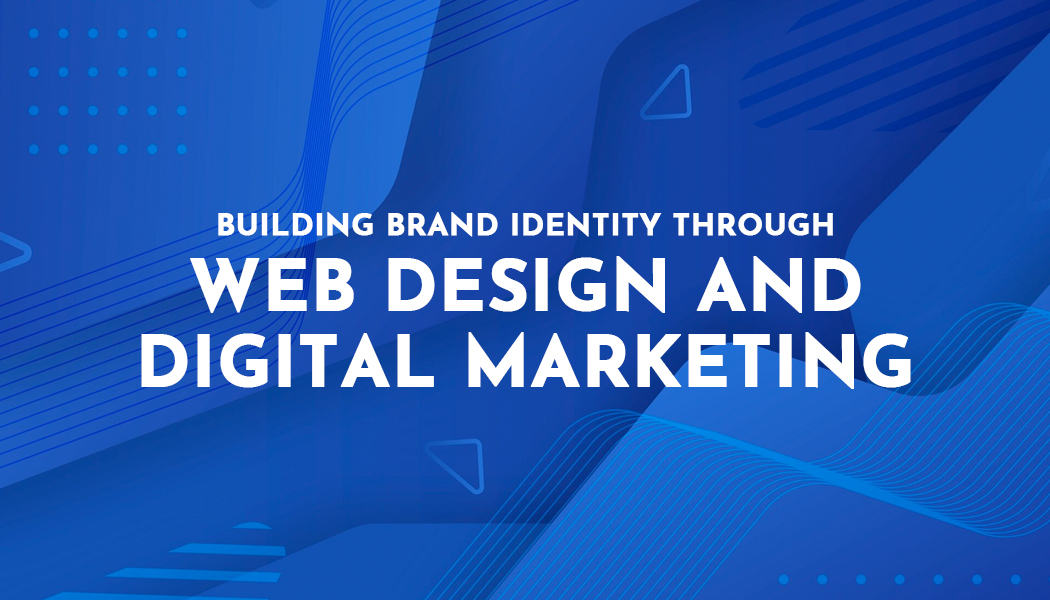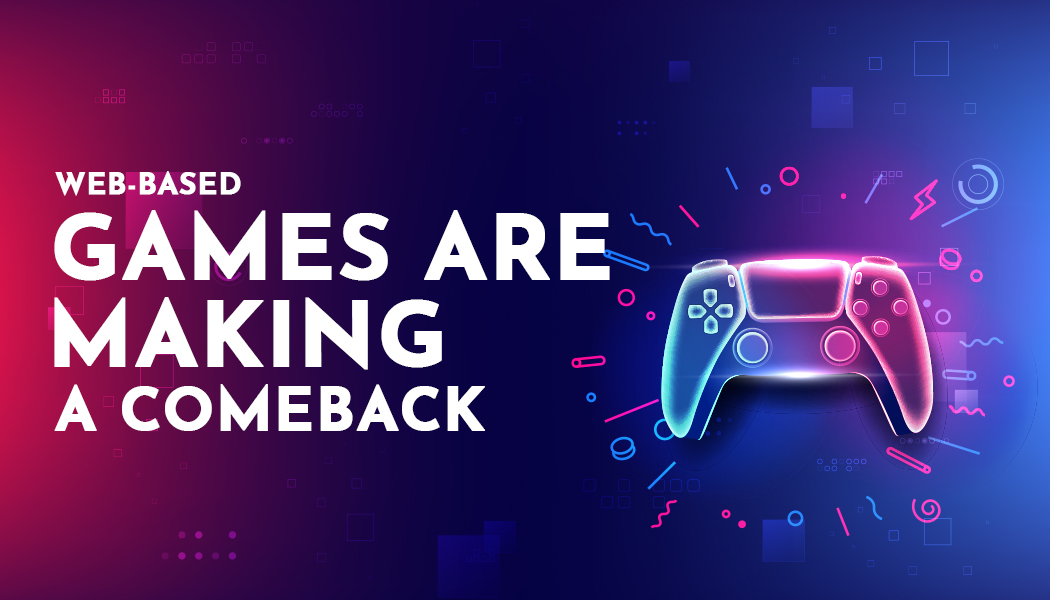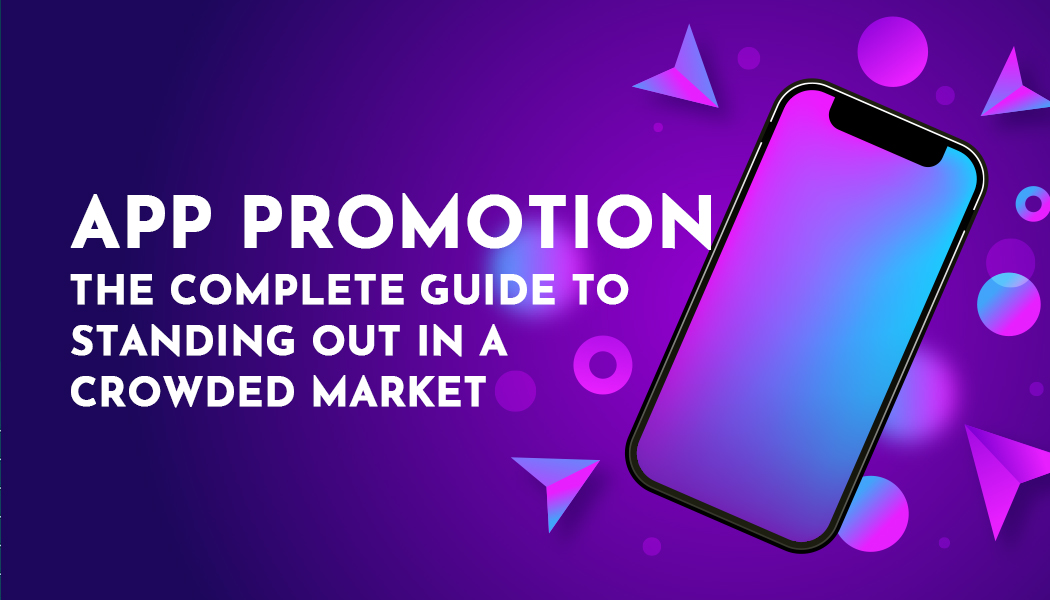Building Brand Identity Through Web Design and Digital Marketing
Your brand is the perception customers have of your business, shaped by every interaction they have with your company. Web design and digital marketing craft and reinforce this identity. A well-designed website is the online storefront of your brand, while strategic digital marketing ensures your message reaches the right audience.
What Is Brand Identity?
Brand identity pertains to the visual, emotional, and verbal expression of a company, including its logo, colors, typography, messaging, and values, that shapes how consumers perceive it.
A strong identity builds recognition, trust, and differentiation from competitors while ensuring consistency across all brand experiences. It differs from brand image, which reflects customer perceptions, making it essential for businesses to align their identity with audience expectations for lasting loyalty and impact.
Together, they create a cohesive brand experience that fosters trust, recognition, and loyalty. In this article, we’ll explore eight key ways to build a powerful brand identity through web design and digital marketing.

1. Consistent Visual Branding Across All Platforms
Your website reflects your brand’s visual identity to create a seamless experience. Consistency reinforces recognition, making your brand easily identifiable. Color psychology plays a crucial role; for example, blue evokes trust, while red creates urgency.
Your website reflects your brand, and visitors should instantly understand who you are. For example, web design for video agencies should be dynamic and creative, emphasizing innovation and energy. For legal or consulting firms, web design should be clean, professional, and authoritative, reflecting trust and expertise.
A digital marketing agency can help maintain this consistency across all digital touchpoints, from your website to social media ads, ensuring a unified brand presence. With top proposal software like Offorte, you can create beautiful, on-brand proposals that consistently reflect your company’s identity, ensuring every sales touchpoint reinforces your visual branding.
2. User-Centric Website Design
A well-designed website prioritizes the user’s needs. By focusing on user-centric design, businesses can boost engagement, reduce bounce rates, and drive conversions. Below are five key elements that contribute to an effective, user-friendly website:
- Intuitive Navigation – Users should find information effortlessly with clear menus, logical hierarchies, and a search function. Simplified navigation reduces frustration and keeps visitors engaged.
- Mobile Optimization – With most web traffic coming from mobile devices, responsive design is essential. Websites must adapt to different screen sizes, with touch-friendly buttons and readable text.
- Fast Loading Speeds – Slow websites drive users away. Optimizing images, leveraging caching, and minimizing code ensures quick load times, improving both UX and SEO rankings.
- Readability & Accessibility – Clean typography, proper contrast, and structured content (headings, bullet points) enhance readability. Following accessibility guidelines (WCAG) ensures inclusivity for all users.
- Clear Call-to-Action (CTA) & Trust Signals – Strong CTAs guide users toward conversions, while trust elements (SSL badges, testimonials) build credibility and encourage engagement.
A user-centric website goes beyond aesthetics. It focuses on functionality, accessibility, and performance to create a positive experience. By implementing these principles, businesses can increase retention, improve conversions, and foster long-term customer loyalty.
3. Compelling Storytelling Through Content
Your brand story differentiates you from competitors. Use your website’s About Us page, blog, and video content to convey your mission, values, and unique selling points. Engaging copy written in a tone that matches your brand voice—whether professional, friendly, or quirky—helps connect with your audience.
Video content like customer testimonials adds authenticity. Digital marketing amplifies this storytelling through social media, email campaigns, and SEO-optimized blogs, ensuring your message reaches the right people.
4. SEO Optimization for Brand Visibility
Search engine optimization (SEO) is essential for branding. A well-executed SEO strategy ensures your website ranks higher in search results, driving organic traffic and establishing credibility. Here are five key components of effective SEO:
- Strategic Keyword Usage: Incorporate branded and industry-related keywords naturally into your content, meta descriptions, and headers to improve search rankings and relevance.
- Local SEO Optimization: Claim and optimize your Google My Business profile, use location-based keywords, and gather positive reviews to attract nearby customers searching for your services.
- Quality Backlinks: Earning links from authoritative websites boosts domain authority and improve search rankings. Guest blogging and partnerships can help secure these valuable backlinks.
- High-Quality, Relevant Content: Publish informative, engaging content that answers user queries. Regularly updating blogs, FAQs, and guides keeps your site fresh and improves search performance.
- Technical SEO & Mobile-Friendliness: Ensure fast loading speeds, proper site structure, and mobile responsiveness. A technically sound website enhances user experience and search engine rankings.
By focusing on keywords, local SEO, backlinks, content quality, and technical optimization, businesses can achieve long-term growth in search rankings.
5. Social Media Integration
Your website should seamlessly connect with your social media profiles to extend brand engagement. Social sharing buttons entice visitors to share your content, expanding your reach. Embedded feeds displaying live social posts on your site keep content fresh and dynamic.
Most importantly, maintain unified messaging across all platforms, ensuring your tone and visuals remain consistent. Digital marketing strategies like influencer collaborations and paid social ads further enhance brand visibility, helping you connect with a broader audience.
6. Personalization for Enhanced Engagement
Personalization allows businesses can make users feel understood and valued, leading to higher satisfaction and conversions. Here are five key strategies to implement effective personalization:
- Dynamic Content & Product Recommendations: Use AI-driven insights to display customized content, such as suggested products based on browsing history or past purchases, enhancing relevance and engagement.
- Segmented Email Marketing: Divide your audience into targeted groups (e.g., demographics, purchase behavior) and craft personalized email campaigns.
- AI-Powered Chatbots & Instant Support: Deploy smart chatbots to provide real-time, context-aware assistance, improving user experience with quick, personalized responses.
- Behavior-Based Retargeting: Re-engage visitors with personalized ads that reflect their interactions with your brand, increasing the likelihood of conversion.
- User-Specific Landing Pages: Customize landing pages for different audience segments (e.g., first-time visitors vs. returning customers) to deliver a more relevant and compelling experience.
Personalization transforms generic interactions into meaningful, customer-centric experiences, driving engagement and long-term loyalty. By leveraging dynamic content, segmented emails, AI chatbots, retargeting, and tailored landing pages, brands can create deeper connections with their audience.
7. Strong Call-to-Actions (CTAs)
Effective CTAs guide users toward desired actions, strengthening brand engagement. Use clear, action-oriented phrases like “Get Started” or “Download Now” to prompt immediate responses. Strategic placement of CTAs, where users are most likely to convert, maximizes their impact.
Additionally, contrasting colors make buttons stand out, drawing attention. Digital marketing refines CTAs through A/B testing, ensuring they drive the highest possible conversion rates and reinforce your brand’s effectiveness.
8. Data-Driven Improvements
Analytics provide insights into user behavior. Google Analytics helps track visitor demographics and behavior, offering valuable data for optimization. Heatmaps identify where users click most, revealing areas for improvement.
Conversion tracking measures the success of campaigns, allowing for data-backed adjustments. Continuous optimization ensures your brand remains relevant, engaging, and aligned with audience preferences.
9. Interactive & Immersive Experiences
Modern web design goes beyond static pages. Interactive elements like quizzes, polls, and 3D product views engage users and make your brand memorable. Augmented Reality (AR) integrations (for industries like eCommerce or real estate) create immersive experiences that set your brand apart.
Gamification, such as reward points for engagement, can also boost loyalty. A dynamic website keeps users coming back, reinforcing brand affinity.
10. Trust-Building Elements
Trust is the foundation of a strong brand identity, influencing customer decisions and fostering loyalty. By integrating trust-building elements into your website and marketing strategy, you can reassure visitors, enhance credibility, and drive conversions. Here are five key components to establish trust with your audience:
- Customer Testimonials & Reviews: Showcase authentic feedback from satisfied clients to provide social proof. Highlighting case studies with measurable results further demonstrates your brand’s reliability.
- Trust Badges & Security Seals: Display SSL certificates, secure payment icons, and industry awards to reassure users about data safety and legitimacy, especially on checkout pages.
- Influencer Partnerships: Collaborate with trusted influencers in your niche to leverage their credibility and expand your reach to a loyal audience.
- User-Generated Content (UGC): Customers can share their experiences through videos, photos, and social media posts, making your brand feel more relatable and trustworthy.
- Transparent Policies & Contact Information: Clearly display return policies, privacy practices, and contact details (phone, email, live chat) to eliminate doubts and build confidence.
By incorporating testimonials, trust badges, influencer endorsements, user-generated content, and transparency, brands can create a credible and reassuring online presence.

Frequently Asked Questions (FAQs)
1. Why is storytelling important for branding?
A compelling brand story humanizes your business, creating emotional connections with your audience. It differentiates you from competitors and makes your values and mission relatable.
2. How can personalization enhance brand loyalty?
Personalized experiences (tailored recommendations, segmented email campaigns) make customers feel valued, increasing engagement and long-term loyalty.
3. What are trust signals, and why do they matter?
Trust signals (testimonials, SSL certificates, awards) reassure visitors that your brand is credible and secure, reducing hesitation and improving conversion rates.
4. Should I hire a digital marketing agency for branding?
A professional agency ensures cohesive branding across web design and marketing campaigns. They provide expertise in SEO, content strategy, and analytics, helping you build a stronger, data-driven brand presence.
Bottom Line
Building a strong brand identity involves strategic blend of web design and digital marketing. From consistent visuals and user-friendly design to SEO and personalized experiences, every element contributes to how your brand is perceived. Invest in a well-crafted digital presence today to solidify your brand’s future success.




